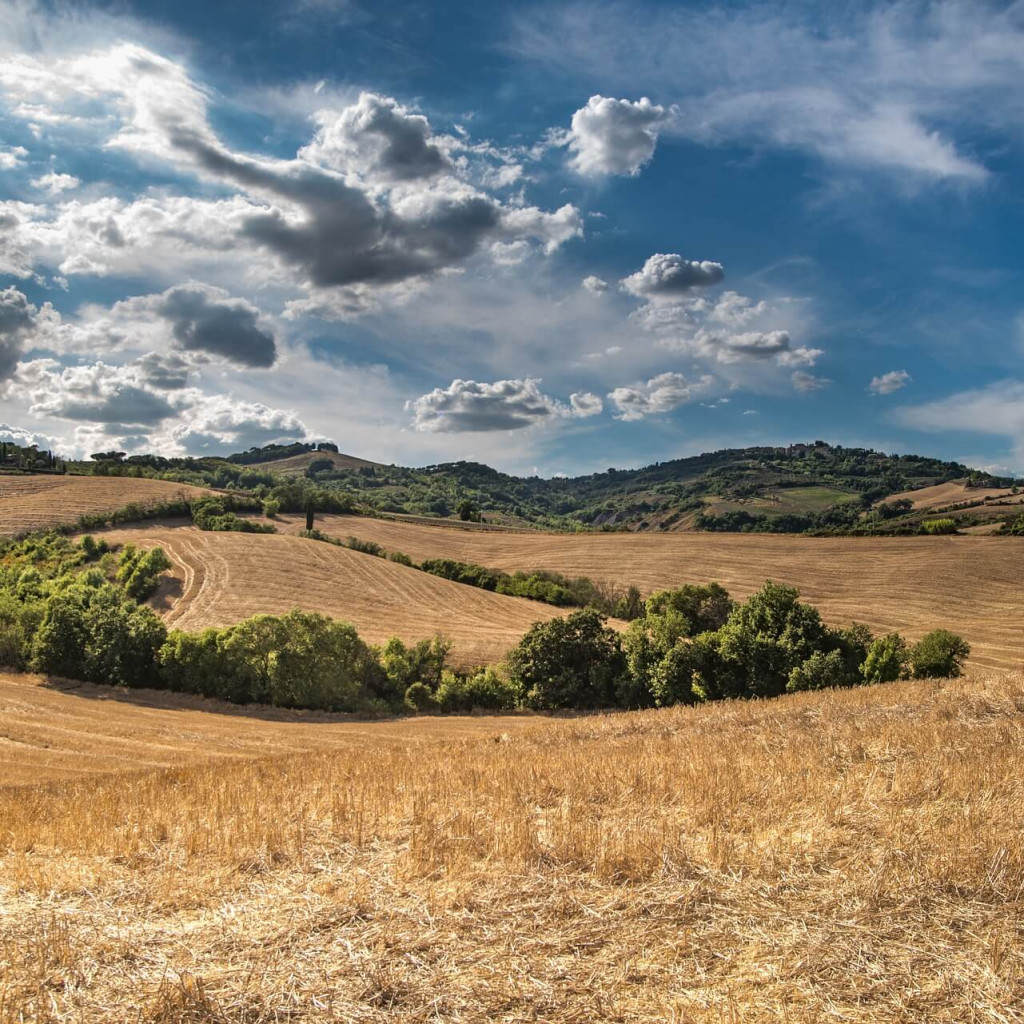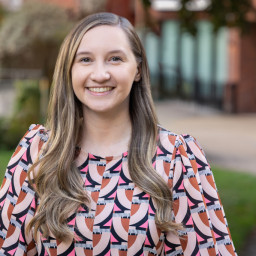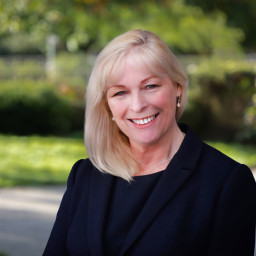What is a green belt area?
The green belt is a policy for controlling urban growth, with a specially designated area of countryside protected from most forms of development, where urbanisation will be resisted. It is protected to help stop urban sprawl, preserve the character of existing settlements and encourage development within existing built-up areas.
Can you build on green belt land?
When considering applications for development in the green belt, local planning authorities are meant to ensure that substantial weight is given when considering potential harm to the green belt. Paragraph 79. of the National Planning Policy Framework states that one of the essential characteristics of green belts is their openness, and one of the key issues is the impact of any development on the openness of the green belt. The issue which the courts have grappled with frequently is the relevance of the visual impact of development on an assessment of openness.
What does the law say?
In the case of Goodman Logistics Developments (UK) Ltd v Secretary of State for Communities and Local Government and another [2017] EWHC 947 the planning inspector, on appeal, had found that the development, simply by its physical impact, would have a significant adverse impact on the openness of the green belt. Having reached that conclusion, the Inspector said that an assessment of the visual impact of the development was not relevant to the assessment of the impact on openness.
The developer appealed, and the question for the court was whether the visual effect of development could be taken into account as reducing the harm that development would cause to the openness of the green belt. The judge decided that visual harm and/or perception was an “obviously material” consideration and that the perceived effect upon openness could be less than might be expected because, for example, the development would have a limited effect upon people’s perception of openness from beyond the boundary of the site.
Whilst the decision may seem obvious; it leaves open the possibility that even though a site may be developed completely, provided the visibility from outside site is limited, it may be acceptable as having no or a limited impact on the openness of the green belt.
However taking into account visual impact may not always favour a developer as is illustrated by a recent planning appeal decision relating to the proposed residential redevelopment of a garden nursery in Godalming, Surrey (appeal reference APP/R3650/W/16/3163050).
Despite the Inspector finding that the development would be approximately a quarter of the existing floor space, it was noted that the existing glasshouses were of agricultural character and the glazed nature of the majority of the buildings also reduced their presence. Compared with this would be the markedly taller and solid buildings and the subdivision of the area into individual curtilages.
In dismissing the appeal, the Inspector said that the quantum and amount of the more urban form of residential development proposed would, therefore, reduce openness of the green belt, despite it having a smaller floor space than the existing buildings.
Find out more
Our experienced team of planning solicitors are on hand to advise on any proposed development, or, potential or current enforcement action.






